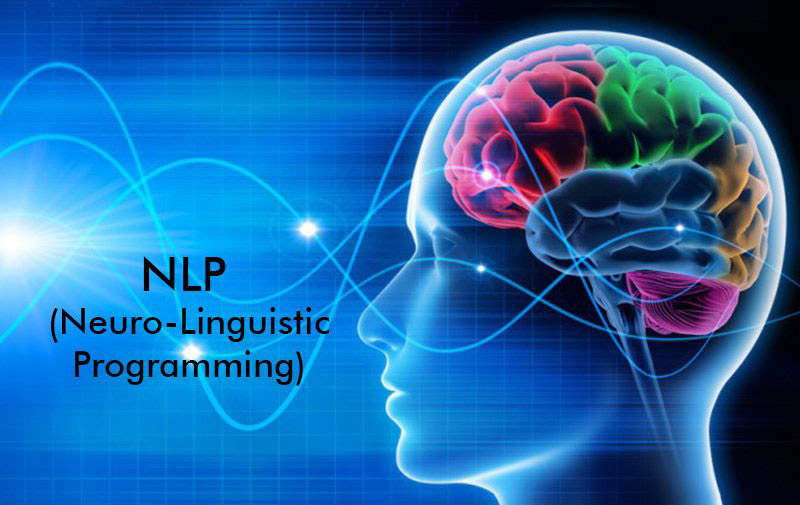
The Meta Model
The ability to use language with precision is essential to any professional communicator. Language can never do justice to the speed, variety and sensitivity of our thinking. It can only be an approximation. When human beings create their linguistic model (map) of the world, they necessarily select and represent certain portions of their experience and fail to represent others.
A full linguistic representation of experience (the Deep Structure) will differ from the reduced version communicated (the Surface Structure). While the reduction may be useful, it may also impoverish the map in such a way that it creates problems for the person. The technique of recovering essential information from the full linguistic representation — the Deep Structure — to enhance clarity of the Surface Structure is known (in NLP) as the Meta Model.
No matter what field you are in, the Meta Model is probably one of the most important things you can learn as a professional communicator because it is a way to gather high quality information from people you are working with. It is about being able to increase your efficiency in anything by finding specific information.
The Meta-Model is designed to teach the listener how to hear and respond to the form of the speaker’s communication in order to recognize deletions, generalizations, and distortions in order to clarify communication. It is a series of linguistic skills designed to reconnect language to experience.
Since everyone thinks in different ways according to their individual maps, misunderstandings can quite easily occur in communication.
Learning the Meta Model is a great first step on the way to better communication.
A Story to Illustrate…
Once upon a time there were four people named Everybody, Somebody, Anybody and Nobody.
There was an important job to be done and Everybody was sure that Somebody would do it. Anybody could have done it, but Nobody did.
Somebody got angry with that because it was really Everybody’s job. Everybody thought Anybody could do it, but Nobody realized that Everybody wouldn’t do it.
Everybody blamed Somebody and Nobody accused Anybody.
Everybody got very upset when Somebody accused him of shirking. Nobody wanted to fight, but Somebody started one. Everybody got hurt. Nobody apologized and it was Anybody’s guess what would have happened if Somebody hadn’t made them all see reason.

Deletions, Distortions, Generalizations
We each create our maps by:
Deletions: When we selectively attend to one aspect of an experience and exclude the others.
Deletion is the process by which we selectively pay attention to certain dimensions of our experience and leave the rest out. If you were telling a friend about a dinner for two, you might say something like “The two of us went to this great restaurant we know and had a lovely dinner.” You leave out almost everything because if you related all the details it would take as long or longer than the actual experience.
Deletion reduces the world to proportions that we feel capable of handling.
Distortion: When we make ‘shifts’ in data intakes so we can understand it, cope with it.
Distortion is the process that allows us to make shifts in our experience of sensory data. Often we tend to view the world through a filter which distorts the factual information to fit our expectations, to fit our map of the world. You might know someone who, when given a compliment immediately re-interprets this as the person not really meaning that or thinks the speaker to be insincere. It is also an essential factor of creativity.
When we imagine something taking place in the future we by necessity are distorting information to fit our expectations.
Generalizations: When differentiations are lost and one or a few experiences can come to represent an entire grouping or category when the experience is really only an example.
Generalization is the process by which elements of a person’s model become detached from their original experience and begin to represent a whole category. As a child you learned to how to open a door. You did not need to relearn to open cabinet doors, kitchen doors, car doors, etc. Your learning generalized to all doors with minor variations.
Our ability to generalize is essential for us to cope with the world.
.
Meta Model Summary
The Meta Model is designed to teach the listener how to hear and respond to the form of the speaker’s communication. The content of a speaker’s communication may vary infinitely, but the form of the information given allows the listener the opportunity to respond in such a way as to obtain the fullest meaning from the communication.
With the Meta Model it is possible to quickly discern the richness and the limits of the information given as well as the human modeling processes used by the speaker. Listening and responding in terms of the Meta Model distinctions creates the most understanding and learning from any specific communication.
Responses
You must be logged in to post a comment.

The importance of the Meta Model – it is designed to teach the listener how to hear and respond to communications, how to clarify what is heard by using Meta Model understanding of Distortion, Generalizations and Deletions that a typically prevalent in most communications, the listener (Coach) will ask specific types of questions for clarification. The Meta Model distinctions creates more understanding and learning for the specific communication.